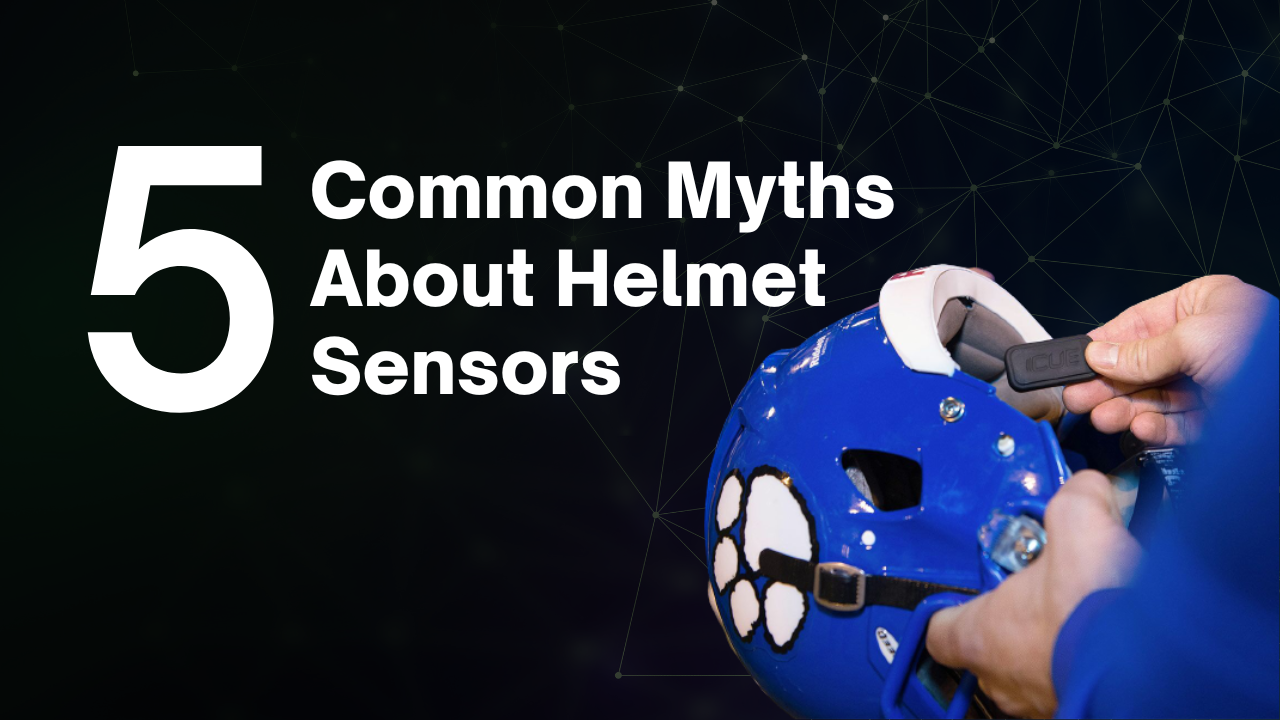Football Helmet Sensors: Debunking Common Myths

Five Common Myths About Helmet Sensors
Football is a beloved sport enjoyed by millions of people worldwide. However, it is no secret that it comes with inherent risks, particularly when it comes to head injuries like concussions. In recent years, football helmet sensors have become more prevalent, with many players now wearing helmets equipped with sensors to track impact data. While these sensors have the potential to improve player safety, there are still many myths and misconceptions surrounding them. In this blog post, we will explore some of the most common football helmet sensor myths.
Myth #1: Football helmet sensors prevent concussions
One of the most common myths about football helmet sensors is that they prevent concussions. However, this is not entirely true. While these sensors can track impact data and help coaches and trainers identify high-risk players, they cannot prevent concussions on their own. It is essential to remember that the primary function of a football helmet is to protect the head from impact. While sensors can provide valuable information, they do not replace the need for proper equipment and safe playing techniques.
Myth #2: Football helmet sensors are uncomfortable to wear
Another myth about football helmet sensors is that they are uncomfortable to wear. While some older models may have been bulky and uncomfortable, newer models are designed to be lightweight and low-profile. Many players report that they do not even notice the sensors while they are wearing them. These sensors are designed to fit comfortably and not interfere with a player’s performance.
Myth #3: Football helmet sensors are too expensive
Another common myth about football helmet sensors is that they are too expensive for most teams to afford. While it is true that some sensors can be costly, there are also more affordable options available. In addition, many teams are now investing in helmet sensors as part of their overall player safety program. By prioritizing player safety, teams can reduce the risk of injuries and save money in the long run.
Myth #4: Football helmet sensors can diagnose concussions
There is also a misconception that football helmet sensors can diagnose concussions. While these sensors can provide valuable data about the severity of impacts, they cannot diagnose concussions on their own. The diagnosis of a concussion still requires a medical evaluation by a trained healthcare professional.
Myth #5: Football helmet sensors are only for professional players
Finally, some people believe that football helmet sensors are only for professional players. In reality, helmet sensors are available for players of all levels, from youth leagues to college and professional teams. Many leagues and teams are now incorporating these sensors as part of a comprehensive player safety program that includes education, equipment, and proper coaching techniques.
In conclusion, football helmet sensors have the potential to improve player safety and reduce the risk of concussions. However, it is crucial to separate fact from fiction when it comes to these devices. While helmet sensors can provide valuable data, they cannot prevent concussions on their own. By combining sensors with proper equipment, safe playing techniques, and a focus on player safety, we can make football a safer sport for all players. Investing in player safety is always a wise decision, and football helmet sensors are just one tool in the toolkit of comprehensive player safety programs.
About Athlete Intelligence
The Athlete Intelligence system is an innovative way of tracking head impacts, which can help reduce the risk of injury. The system allows for real-time alerts and helps improve athlete performance. The data generated by the system helps identify patterns in head impacts and shows the effectiveness of proper tackling techniques. Reports and analytics provide coaches with valuable information on their athletes, allowing them to make informed decisions and adjust training accordingly.